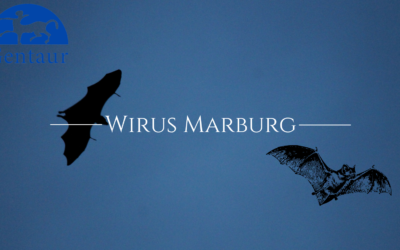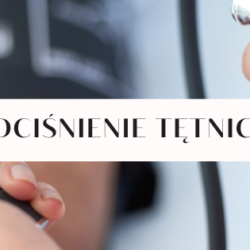
ELISA kit for Rat Tyrosine kinase with immunoglobulin-like and EGF-like domains 2 (Tie-2)
Gentaur
Mogą Cię zainteresować
Quantitative sandwich ELISA for measuring Rat Tyrosine kinase with immunoglobulin-like and EGF-like domains 2 (Tie-2) in samples from cell culture supernatants, serum, whole blood, plasma and other biological fluids.
Dodatkowe informacje:
Tie-2 is a receptor tyrosine kinase that is expressed primarily on endothelial cells (ECs) and plays a critical role in vascular development. The Tie-2 gene encodes a protein of 1122 amino acids. The extracellular region has three distinct structural motifs including two immunoglobulin (Ig)-like loops separated by three EGF-like repeats, and three repeats with fibronectin type III homology located after the second Ig loop. The intracellular portion of Tie-2 contains two tyrosine kinase domains that, when phosphorylated, interact with a number of binding partners including Grb2, Grb7, Grb14, Shp2, the p85 subunit of phosphatidylinositol 3-kinase (PI3K), and Dok-R. Deletion of the last 16 amino acids of the intracellular C-terminus results in increased levels of autophosphorylation, suggesting that it may play an autoinhibitory role.
Specyfikacja/Zawartość:
- Reactivity: Rat
- Sample types: serum, whole blood, plasma and other biological fluids
- Detection range: Please inquire
- Sensitivity: Please inquire Quantitative Sandwich ELISA
- Method of detection: Colorimetric
Wysyłka i przechowywanie:
All of the components are shipped on ice packs/blue ice. Upon receiving the kit keep it at +4 degrees Celsius for up to 1 year (refer to the label on the box for the exact expiration date).
Inne:
This kit is intended for research use only. It should not be used for human or animal clinical diagnostics or treatment.











0 opinie o ELISA kit for Rat Tyrosine kinase with immunoglobulin-like and EGF-like domains 2 (Tie-2)